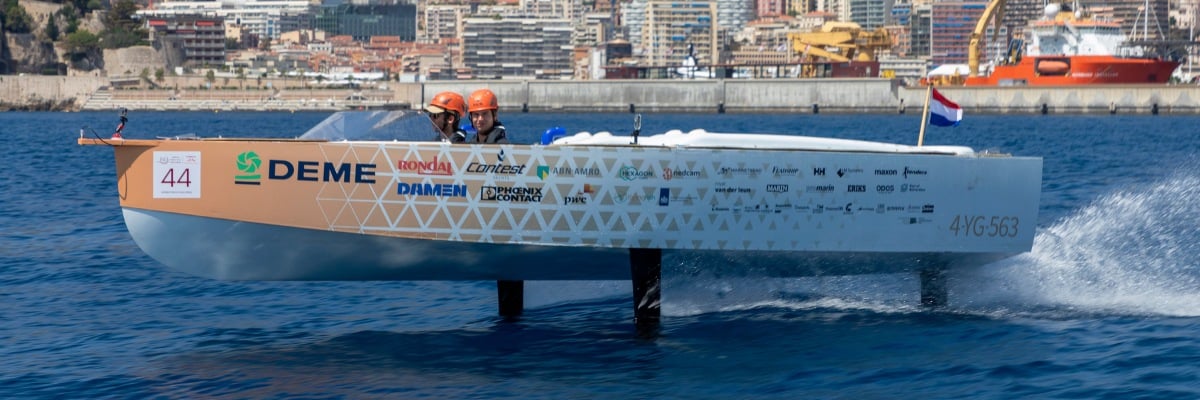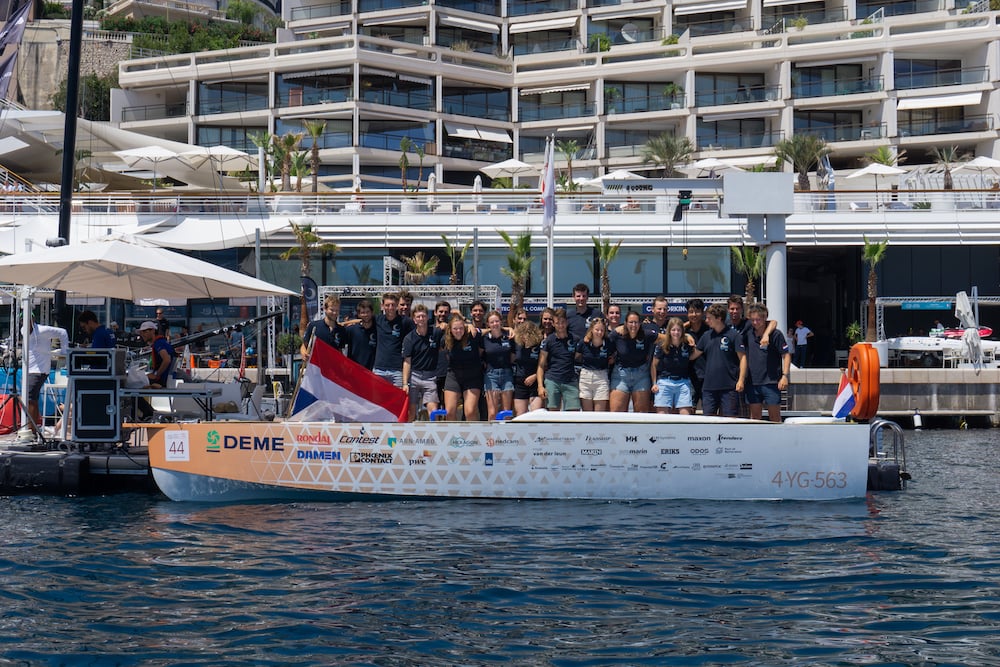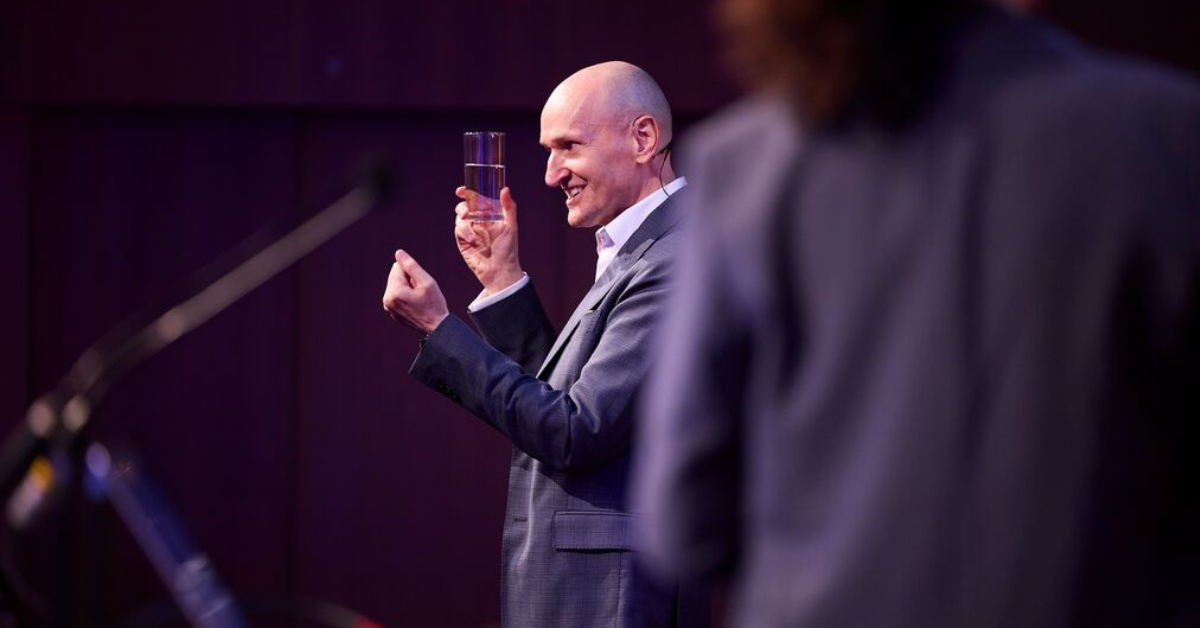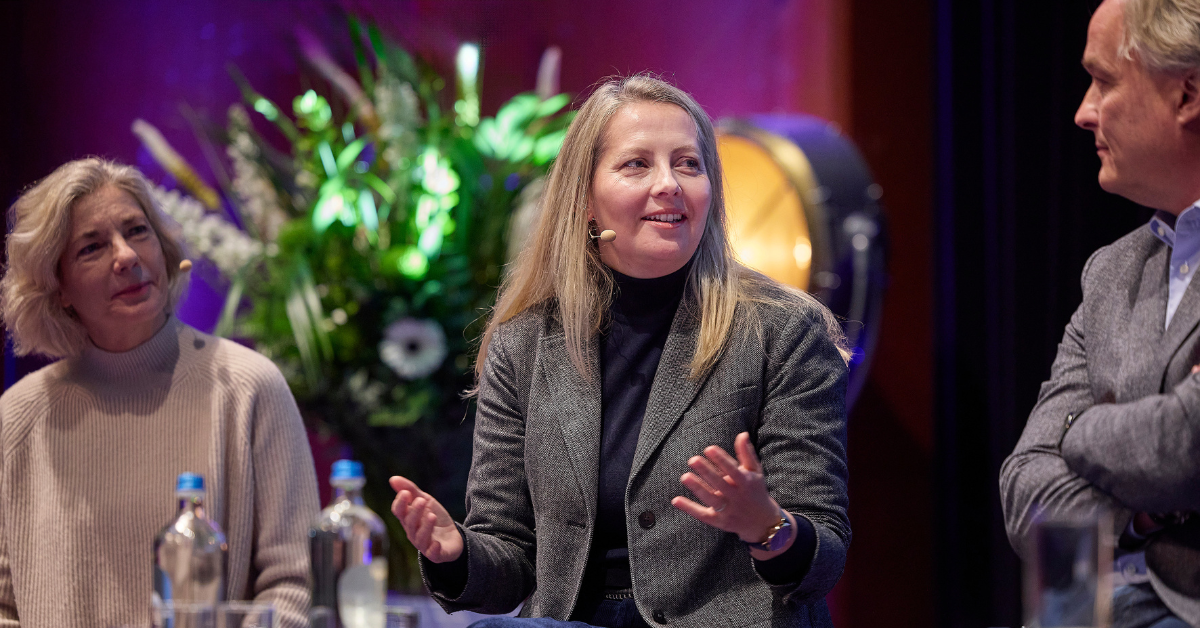Young talent accelerates sustainable yacht building
 Hans Buitelaar
Hans Buitelaar
Enabled by their universities, student teams put their knowledge gained into the design and construction of zero emission boats to compete in the Monaco Energy Boat Challenge. Proof of concept is delivered in a number of races and tests in the waters around the marina of Yacht Club de Monaco (YCM). Aspiring starters in the marine and maritime industries demonstrate their innovative capabilities and share their technological development in workshops on an open-source basis.

“We organise the Energy Boat Challenge to stimulate creativity for the design of eco-friendly propulsion systems and share the experiences and knowledge acquired,” says Bernard d’Alessandri, general secretary of the Yacht Club de Monaco. The event is also becoming a way for the recreational marine industry to discover new talent. The event hosted its first-ever Live Career Day, an online networking session held 15 June, launching initial contacts between yachting professionals and the next generation of engineers.
Continued improvement
Ole Grootes is Chief Hull & Body with Hydro Motion Team from the Delft Technical University in the Netherlands. He recently acquired a Bachelor’s Degree in Aerospace Engineering and prepares to continue for a Master’s Degree. “Our team continues the refinement of the hydrogen-powered hydrofoil boat that teams in 2021 and 2022 have developed,” he explains. “Participation of TU Delft is an annual event, with every year a new group of students from a wide variety of studies within our university. Some of last years’ participants are now involved as advisors, but every year the team consists of new students that make this project part of their courses. Myself, I study Aerospace Engineering and from that perspective I am the chief of the team that designs and constructs the hull for this years’ boat. My goal is to take care that the hull will be strong enough to support all of the technology on board yet be as lightweight as possible, while causing as little drag as possible, so the boat can easily accelerate to the speed it needs to have to get up on its hydrofoils.”
Seaworthy
The tenth edition of the Monaco Energy Boat Challenge has three classes in which the participants compete: the Open Sea Class with seven teams, six company teams (or joint teams from different marine industry organisations) and one student team: Team Hydro Motion. In this class, boats up to twelve meters in length need to be capable of crossing open seas. The boats are checked by YCM technical committee before the races, and then compete in manoeuvrability tests, an endurance test of four hours of continuous sailing, a 21 nautical mile E-Boat Rally and a 16 nautical mile speed test.

International
In the Energy Class, YCM provides the teams with a standard catamaran boat that is the basis for the teams to achieve the most efficient configuration of helm position, lay-out and propulsion system. Fourteen teams compete in this class, twelve of these are student teams. In the Solar Class, teams design and build their own boat that is entirely powered by the electricity that the solar panels on the boat provide. Here, 13 teams compete. In total, 46 teams from 25 nationalities compete in Monaco, with student teams from 31 universities.
Winning design
In their class, the 23 students from Hydro Motion Team with their boat ‘Aurora’ gained the most points throughout the three challenges on the Monegasque waters, finishing fourth out of seven contestants in terms of top speed, second in the manoeuvrability test and first in the endurance test. Grootes’ Hull & Body design and construction team has built a drop-shaped hull and paid a lot of attention to optimal routing and placing of all the hardware involved with the hydrogen tank, hoses and engine to achieve a good balance for weight and durability. The V-bottom of the bow lead to the aft part of the hull with chines that actually direct the water downwards, to create more lift. To avoid suction in the wake, the stern itself is quite narrow.
Career perspective
For Grootes, participating in the Monaco Energy Boat Challenge reaffirms his desire to pursue a career in yacht design and construction. “I have been sailing in a Moth, a one design class foiling monohull and I am thrilled by the sensation of combined aerodynamic and hydrodynamic phenomena occurring with a sailing boat like that. I intensely follow the America’s Cup, with these super-fast large sailing vessels on hydrofoils. This is what triggered my interest for aerodynamics and led me to the study of Aerospace Engineering. After getting my Master Degree, I would like to get involved in the design of the sails or the hydrofoils of such yachts. These foils show behaviour that is similar to what happens around an aeroplane wing. Well, any high-performance yacht would be interesting. In the large yacht industry, sustainable technologies are embraced nowadays. The first super yachts using hydrogen as a propulsion energy source are already being built. Experience in this field, combined with knowledge of aero- and hydrodynamics, can be a good starting point for work in the development of high-performance yachts,” Grootes foresees. “Development and refinement are a process in yacht design that will always continue. I would like to play my role in that.”
The Monaco Energy Boat Challenge was held from 1st to 6th of July.


